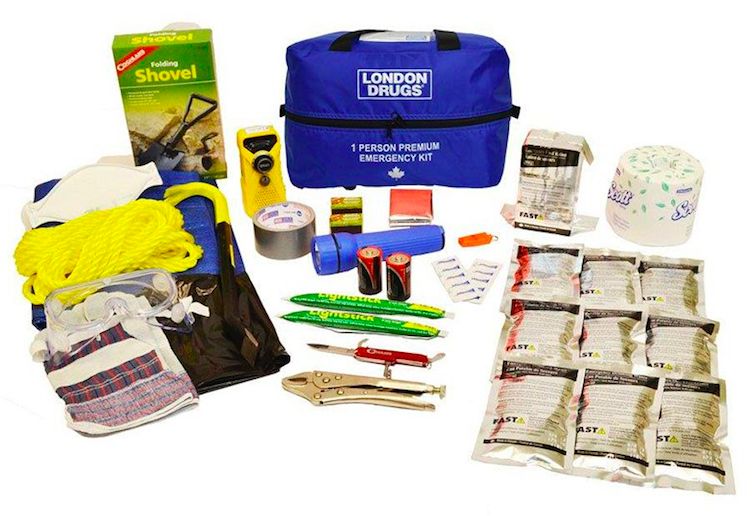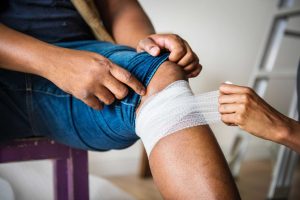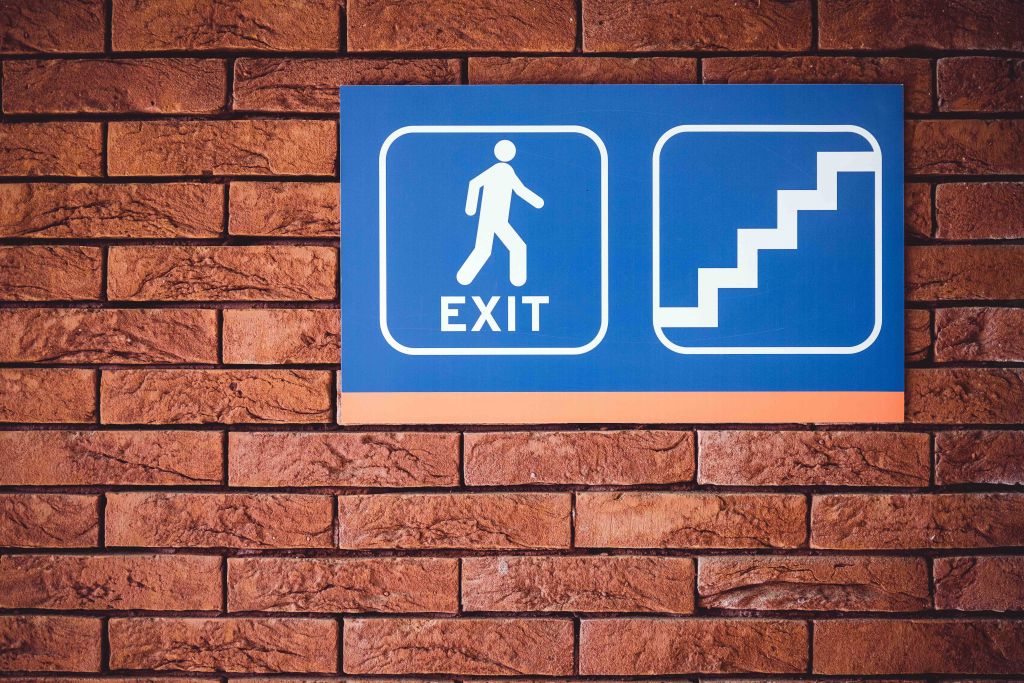You never know when an emergency might occur — whether it’s a fire, earthquake, flood, snowstorm, or windstorm, you can potentially be left without power or forced out of your home. The best way to prepare for such scenarios is to have an emergency kit ready with all the items you’ll need to care of yourself and your family for a minimum of 72 hours.
You can grab pre-assembled emergency kits at London Drugs in a variety of sizes. But you might also want to supplement the basics with additional items. Here’s a look at what you should have in your emergency kit.
What to Put in Your Emergency Kit
What you put in your emergency kit will depend on the specific risks in your area, the size of your household, and the individual needs of household members. But ultimately, you’ll want to prepare to be self sufficient for a minimum of 72 hours.
- 2L of water per person per day
- Canned food, energy bars, dried food and other items that won’t spoil are ideal. Be sure to include a can opener with your canned food
- Flashlight with batteries and/or lightsticks
- Radio with batteries
- First Aid kit
- Medications (and a copy of your prescriptions)
- Infant care items such as diapers, wipes, formula
- Pet care items
- Cash in smaller bills
- Copies of important documents such as insurance papers, birth certificates, etc.
The Extras:
- Water for cooking and cleaning
- Water purification tablets
- Candles and matches/lighter
- Extra clothing and shoes
- An extra phone charger
- Sleeping bag or warm blankets
- Toiletries: soap, shampoo, toothpaste, etc.
- Toilet paper/tissue
- Utensils
- A pocket knife
- A whistle
You may want to split your emergency kits into several easy-to-carry bags and store them in places you’ll be able to access easily: the front closet, your garage, and even in your car.
Also, keep in mind that food and water as well as batteries should be replaced every year, so set yourself a reminder to swap them out annually.
Planning for an Emergency
While having an emergency kit ready to grab and go is a critical part of an emergency plan, it’s not the only part. There are a couple of other things you’ll want to prepare:
An emergency plan: Write out a plan and ensure all family members know what to do in an emergency. Note your home’s emergency exits. Know how to turn off the gas, electricity, and water, if necessary. Know where the fire extinguisher is, and how to use it. Plan a safe meet-up point with family members in case you’re not all together when the emergency occurs. Map out your neighbourhood’s evacuation routes. Include plans for getting your children and pets if they’re not with you.
A health chart: Write out all pertinent health care information you might need, including a list of medical conditions, allergies, medications, vaccinations, medical history, and health care contacts.
Preparing for a day that may never come (fingers crossed) is a lot of work. But it will set your mind at ease knowing that you’ll be okay should the unthinkable ever happen.
Check out our full selection of emergency kits at londondrugs.com.




